According to You: 7 unsung automotive heroes
Last’s week’s question generated some fantastic answers, as they are so many underrated and unsung heroes of the automobile. While the likes of Henry Ford and Carroll Shelby have earned a rightful place in our hearts, we need to make room for more heroes. Why not open up for these seven suggestions, offered to us by the Hagerty Community?
Henry Leland

The immensely talented Bob Elton started us off with one of the more overlooked automotive heroes. Community member @Roger also chimed with his approval, because this was indeed a “great nomination.”
“Henry Leland is the greatest unknown auto pioneer. He created precision manufacturing, which allowed interchangeable parts, which in turn allows wrenchers like us to swap in new parts for rears. His relocation to Detroit made it the Motor City. He inspired lots of other auto pioneers, like the Dodge Brothers, and Henry Ford’s feud with Leland shaped Detroit, Michigan, and lots of modern America.
Along the way, he created Cadillac, and then later Lincoln. Yet no one knows of him, partly because he never named a car after himself, and never had a Detroit landmark named after him.”
Roy Lunn
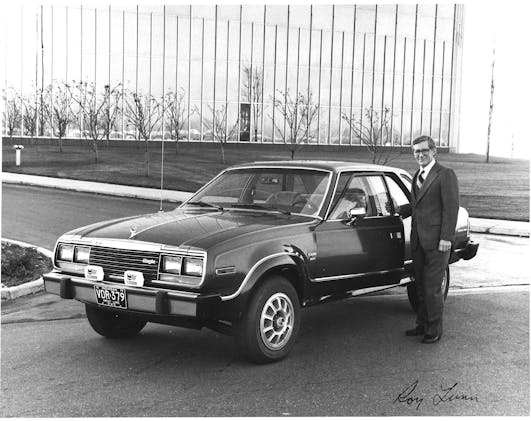
Hagerty’s own Ronnie Schreiber recommended a man with a portfolio of accomplishments that are the envy of the automotive world. Clearly, Mr. Lunn earned his nomination to this list.
“Roy Lunn: He was responsible for the Aston Martin DB2, the original Ford Anglia, and the mid-engine Mustang I concept. He was in charge of the Ford GT40 program, and then moved to AMC where here engineered the most durable American car ever: the Jeep Cherokee. From there he invented the crossover with production of the AMC Eagle 4×4, and he also designed the Renault Sports Racer for the SCCA’s first spec racing series.”
Charles Kettering
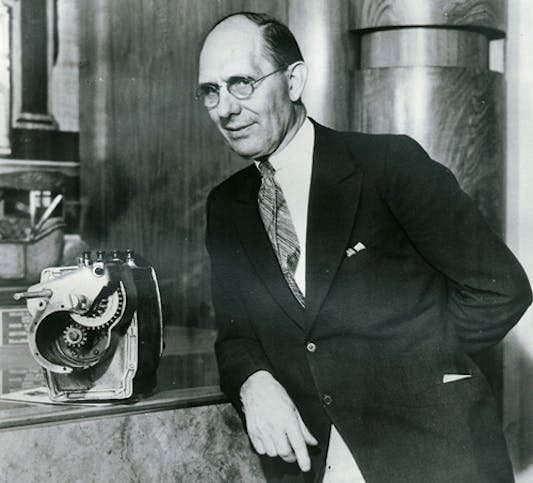
To say Kettering is under-represented in our automotive society is an understatement. It wasn’t until 1998 that he got his name on the university he inspired (for lack of a better word), so @hyperv6’s recommendation was very appropriate:
“Charles Kettering was a inventor on the scale of Edison but his products where less well known to the consumer directly. His best was the electric starter. Also he created Freon for AC and refrigerators, and created better paints for the Dupont company when they were combined with GM. This led to a large number of colors being offered. All Ford model T cars were generally painted black as it was cheap and easy. Kettering made it so colors were cheap and easy to apply.
- The Two Stroke Diesel was advanced under his work. This advanced trucks, trains, and large construction equipment. He invented the Incubator for premature babies and a host of lighting and electrical equipment
- Leaded gas that created higher compressions so we could have more powerful and efficient engines.
- He even created the first cruise missile with the Doddle Bug. It was a flying radio controlled flying bomb.
- He worked in the early stages of solar energy and magnetic applications for diagnostic medicine.
- He even created generators for farms and storage battery systems for farms far from a power grid.
- The Slone Kettering Cancer Center also was a legacy. The GM engineering school is the Kettering institute.
Just imagine the things he created and just how they contributed to the automotive field and the building of GM into a large corporation. [Without Kettering,] there would be no Fridigare, Delco, and many other things. Much of America was built with GM technology and products and many of them were due to Charles. Even here in Ohio just an hour where he was from he is often a forgotten unsung hero.”
Eddie Rickenbacker

We received another great recommendation from @hyperv6:
“I’ll another Ohioan to the list, but he only played part of his life as a Auto magnate: Eddie Rickenbacker. He was an early automotive mechanic at the dawn of the automobile. Then a motorcycle racer, early auto engineer, auto racer, Flying War Ace, owner of the Indianapolis Motor Speedway. He even created Eastern Airlines.
Eddie was a spy for America on Russia, survived an airline crash and B17 crash at sea, and was lost for nearly 3 weeks. He created Rickenbacker cars and was a VP for GM for a number of years. His life could not be shown in two hours and would take a mini series to really tell his whole story.”
Sir Alec Issigonis

Hagerty Community member @rob recommended someone that isn’t necessarily a household name in America, though he probably should be.
“Sir Alec Issigonis, the designer of the Mini and Morris Minor. He also designed the suspension in the late 30s that Morris Motors, MG, etc used until 1980. Truly a brilliant designer, and was also credited with the quote, ‘a camel is a horse designed by committee’.”
Walter P Chrysler
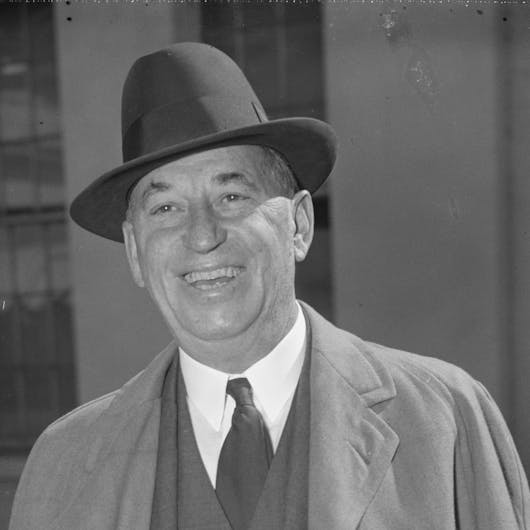
@Mike brought up many good points about the founder of the Chrysler corporation, especially compared to the folk hero status of his contemporary, Henry Ford.
“Compared with Henry Ford, Walter P. Chrysler is unsung. Ford may’ve produced affordable wheels, but Chrysler produced affordable engineering. Since few here gathered apparently read anything indepth, judging by the spelling and awkward prose, suggest starting with the Wikipedia entry on Walter Chrysler.
Despite only a high school education, like 10th-grade dropout Errett Lobban Cord who funded a classical music station simply because he thought Los Angeles should have one, Chrysler endowed symphonies and art galleries because he realized human invention and intellect [should not be] not compartmentalized.
While GM’s and Ford’s bloody opposition to the UAW were national disgraces, Chrysler tried psychological ploys like electric signs along the walls in the workers’ cafeteria—where he always ate lunch—displaying the results of national ballgames, but seeing the inevitable and always considering himself first a “workingman,” quietly accepted the union, as did Hudson, Nash, Packard and the others.
Perhaps it’s not surprising that to many of us ex-NYers, the Chrysler Building is still Manhattan’s most beautiful spire. For years, the tools Chrysler used to set steam locomotive valves, which is how he started and made a name for himself, were on display in the Chrysler Building’s lobby. There were no stronger, better built cars in the ’30s than Chrysler and DeSoto Airflows, regardless their unpopular style.
BTW, you could buy five arguably lovelier 1931–33 Chrysler Imperials for the price of a Model J Duesenberg, the latter taking several iterations and nine years to find 480 buyers, obsolete two years after its introduction. Regardless how many casino and pizza chain owners [or] TV comedians own them, anyone thinking a Model J is five times better than a 1931–33 Chrysler Imperial needs to take a careful look at, if not drive, both. Most Js in road trim only go 10 mph faster, [and have] a long timing chain [prone to] stretching at high rpm upsetting valve timing, front end vibration typical of most long wheelbase cars when cart springing about at the end of its tether. DOHC and a cuckoo clock box of timing gears flashing lights to remind the driver it was time to change oil, check battery water, and that the Bijur chassis oiling system used in many premium cars in operation do not make a car worth five (5) times more. Other than some Hollywooders, playboys/playgirls, scions of industrial wealth, most buyers quickly grasped this.
Ford V-8s were spunky and fast, Chevy sixes smooth, but a Plymouth had full pressure oiling, hydraulic brakes and those of the early ’30s were exceptionally pretty rides. But if sheer affordable speed [is what you] wanted, a ’33 Terraplane Eight would run away from them and most anything else on the road then.”
Ed Cole
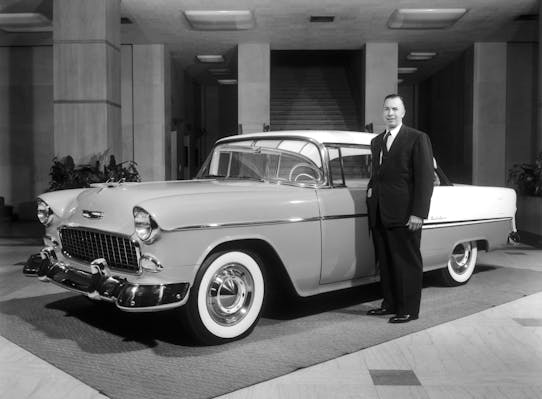
@Tim reminded us that although General Motors fostered a lot of fantastic talent, one of them was a key player in making many of the Chevrolets we know and love:
“Ed Cole. His work with Cadillac, then Chevrolet, was outstanding. The small block Chevrolet V-8 was his baby!”
Clearly, these choices aren’t the only unsung heroes of the automobile, but they are a great jump start to the conversation. So please, tell us below, what unsung automotive heroes need more recognition?
***
Check out the Hagerty Media homepage so you don’t miss a single story, or better yet, bookmark it. To get our best stories delivered right to your inbox, subscribe to our newsletters.

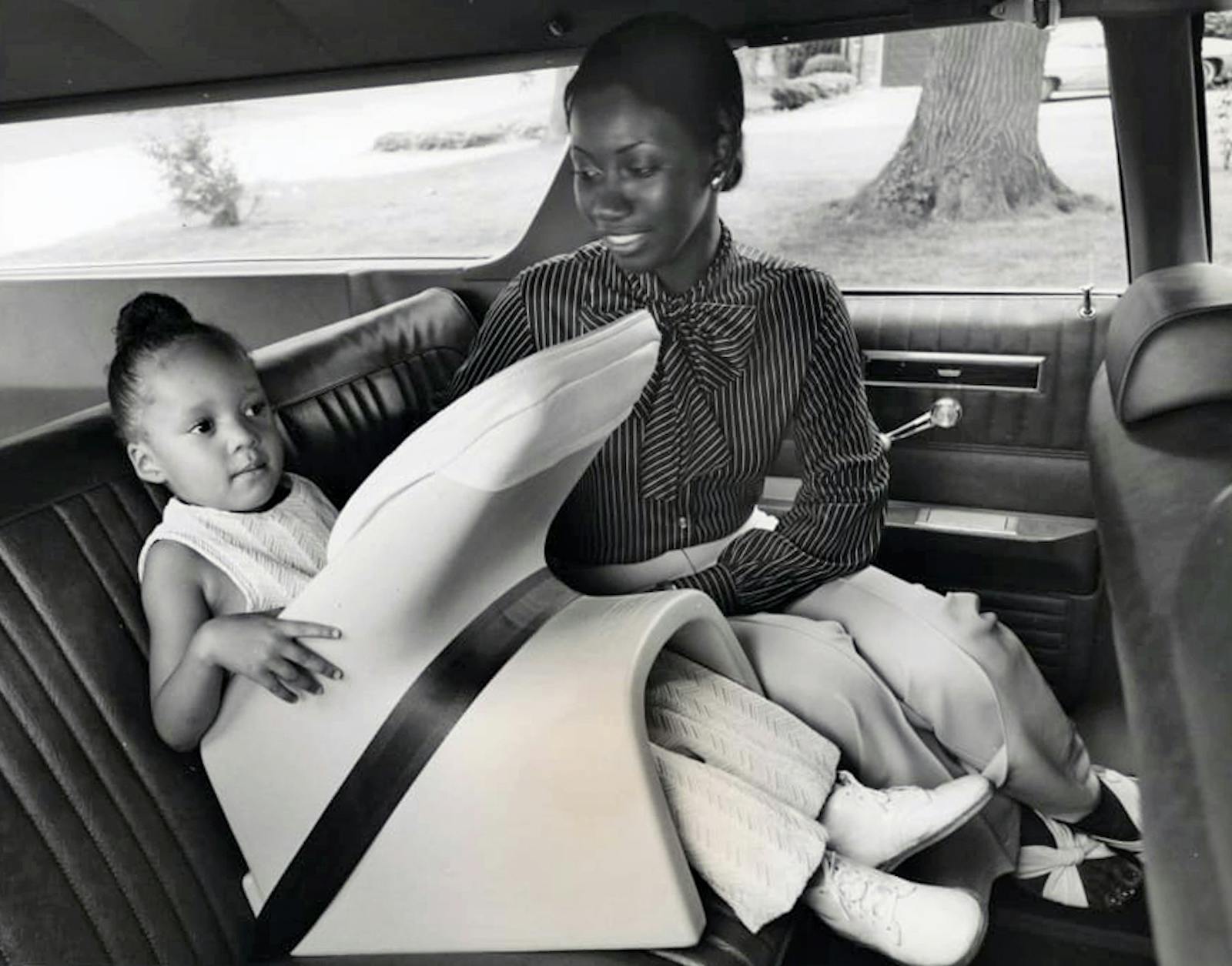
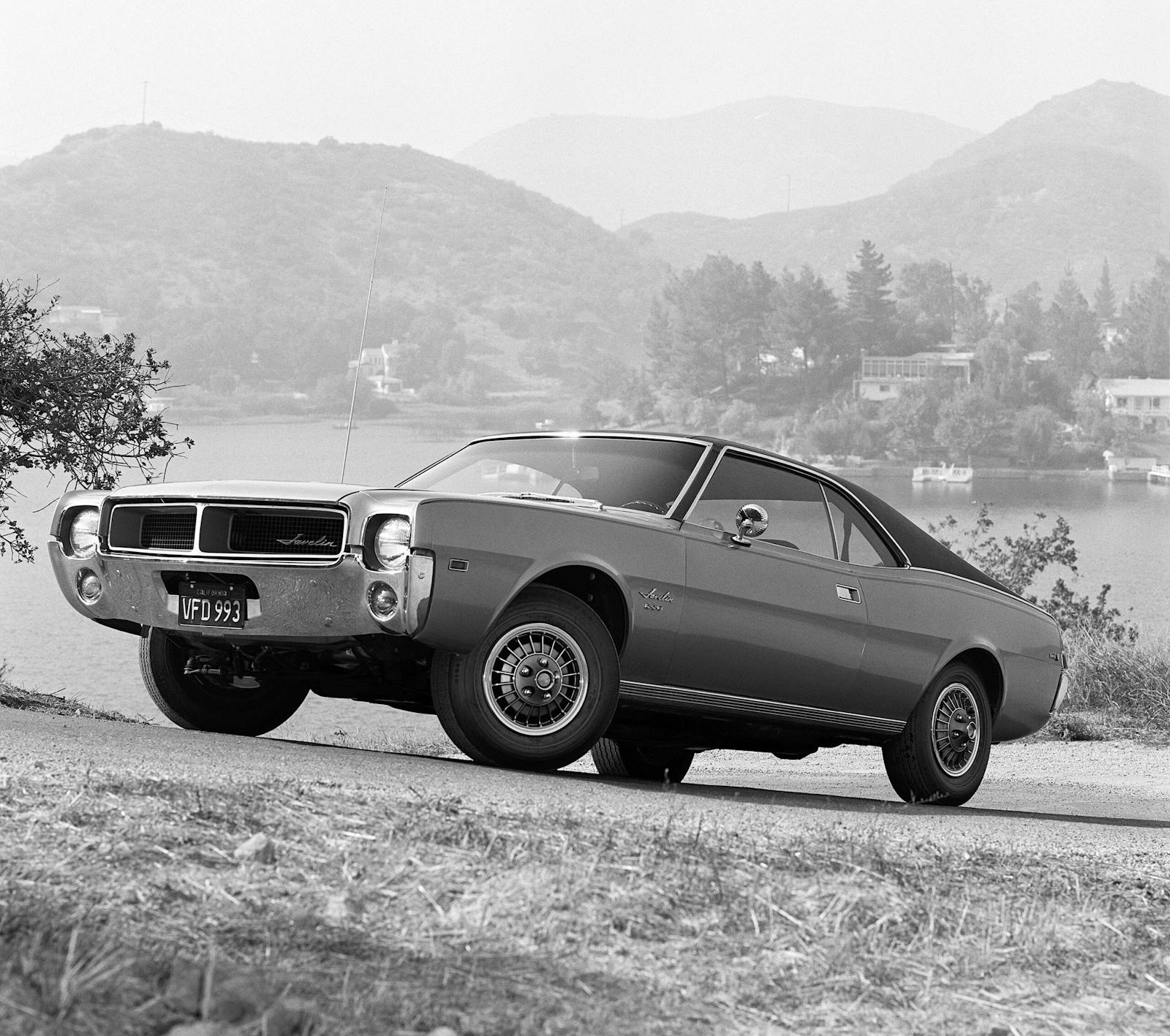
Glenn Curtiss? Bikes, motorcycles, airplanes. Too many accomplishments to list.
Karl Benz, Gottlieb Daimler, Ferdinand Porsche,
Glenn Curtiss was a genius with anything mechanical , balloons , planes, motorcycles , cars….. travel trailers. The Curtiss Museum in Hammondsport NY is a wonderful place to visit and see Glenn’s contributions !
Yes that museum is well wort a visit when in the fonger lake area.
Sorry, but I don’t agree with your “unsung” label. I think ALL of these gentlemen are/were quite well-known among any true students of automotive history. Or maybe I’m just too much of an old geezer and don’t realize that younger enthusiasts are just not aware of many of them. Too bad.
Of course they’re well known among “true students of automotive history”, but only them. That’s why the list exists.
Anyone enjoying this article would enjoy a trip to the Automotive Hall of Fame… located adjacent to the Henry Ford Museum in Dearborn, Michigan. It is not a car museum, rather it is about the people who shaped the automobile and the industry with diorama type displays and complete explanations. Then walk over to the ”Henry Ford” and spend half a day there and see the history of technology. Buy a ticket to a self guided tour of th Ford Michigan Assembly Plant at the Rouge… walk overhead the assembly line where F150’s are being built. it is all within a mile or two. The original Dearborn Inn is across the street from the Henry and is now a Marriott. All good….
Preston Tucker so way ahead of the times with so many innovations leads my list of would love to meet.
I really think Tucker was a shyster. His cars barely ran and were so prone to breaking (engines and trannys). He didn’t have a long term plan-or he was waiting for money that never came. The 50 cars that were made shows he didn’t even have a supply chain. Sorry. Many people thought he was the underdog. In today’s light he’s just another visionary that didn’t produce.
Fridigare indeed! 😉
Innovators all, but the REAL unsung heroes are the people who BUILT the cars. Tens of thousands of individuals over the decades. Some had to fight for their pay and benefits which trickled on to the rest of the working class. Somebody has to earn enough to BUY the cars. Companies have forgotten this with their high priced (for high profit) techno-buckets-of-bolts. (and don’t come back and say it’s the union’s fault that prices are so high>>assembly line workers are a fraction of the total cost of a car/truck)
Terrific and long overdue points, Joe. Thanks. Perhaps it’s time Hagerty stop these pile-on, me too listicles of Googled thrice told tales and explore fresher fields. Can’t believe Hagerty pays for these slapdash listicles.
PS. Especially when we’re writing them, my comments on Walter P. Chrysler in the above piece, “Mike,” aka Inline8overdrive.
Leland would defnitely be one I would have mentioned as well as Tucker. That guy got the shaft.
Can’t argue with anyone on that list, I particularly like Leland…what a story.
But I’ll add Harry Stutz.
Auto company foreman, plant manager, race team manager before he designed a transaxle, all before he was 30.
He then founded an auto parts company, then his car firm at 35.
Yes, everyone knows of the the original 12-16 Bearcat, but to really appreciate the man, consider the Stutz race teams with their immaculate white finish and crews wearing white coveralls with the team name emblazoned on the front (team/brand marketing before it was common) winning national titles.
A firm believer in “Win on Sunday, sell on Monday”.
Serious automotive historians will recall the firm’s (albeit after he left, moved out by Wall Street types) four valve cars and Me Mans racers.
He was a titan of his day and deserves to be remembered.
Ed Cole was also the driving force behind the first gen Corvair.
I wouldn’t list leaded fuel as a positive. It almost certainly caused more health issues, including cognitive issues, than anything else in the entirety of the 20th century. This includes DDT.
And the guy who invented lead tetraethyl also invented CFCs. Arguably the second nastiest pollutant.
Go get a horse, then! You can appreciate the feces and dysentery ant the hot, humid summers, too!
Could catch, George. Thanks. Some “car guys” have such low, narrow horizon, limited grasp of auto history, they’ll deify anyone. Meanwhile, despite not wanting to encourage another cheapo Hagerty Googled listicle, if expanded, you could easily add, among others, Smokey Yunick, Sir Harry Ricardo, and Michael May, the latter at Jaguar making a test engine which exhaust cleaner than the ambient air.
No one understood the health issues it would cause, much like the Curies, but it was still an innovation. Only the Kehoes of the corporate world knew and denied it.
How about Powel Crosley? High-revving overhead cam and four wheel disc brakes in 1947. Just kidding, but he also gave us inexpensive radios, shelves inside refregirator doors and evening baseball. He should not be forgotten
I’ll add two that NOBODY ever remembers.
The first is Weston Fulton. He invented the bellows thermostat, or more precisely, the sylphon. These were sealed berylium copper bellows, which held a drop of alcohol. When used as the “motor” in an engine thermostat, the alcohol would vaporize at a set temperature, causing the bellows to expand. The opening force could be used either to open a valve or to operate the bellcrank on a winterfront. When the engine cooled, the alcohol would condense and the mechanical process would reverse. Bellows thermostats were the standard of the industry from the 1915 Cadillacs and Packards until well after WWII.
Defense applications in the second world war demonstrated the shortcomings of the alcohol bellows. Since they were sensitive to atmospheric pressure as well as temperature, bellows thermostats proved unworkable for high altitude aircraft and for heavy armor. Which brings us to our second inventor, Sergius Vernet. Vernet had already made his mark by the invention of the reciprocating windshield wiper when he invented the solid motor thermostat in 1934. His original design called for the motor to be made out of paradichlorobenzine, aka mothballs. The principal is similar to the sylphon, in that it’s dependent on the phase change of a substance. In this case, the substance is solid at room temperature and transforms to a liquid at the design temperature. The liquid tries to expand, and drives a piston, which in turn can operate a valve. By WWII, Vernet had developed waxes which could be tailoredto operate at any desired temperature, with more predictable hysteresis than alcohols. His first products were used for oil coolers in tanks, and only began to find their way into the automobile market after the war. Today, almost all automotive thermostats use Vernet wax motors.
RE Olds not exactly unsung but beat Henry by 15 years w low cost comparatively reliable curved dash Olds
Mary Anderson inventor of electric windshield wipers.
I still have an old Ford with vacuum “non-wipers”!
I remember the vacuum wipers on my parents’ 1950 Ford primarily because they would quit working when the car tried to climb a hill not far from our house.
As they did on a Packard I owned. Thankfully, my ’40 and ’47 Packards had two-speed electric wipers.